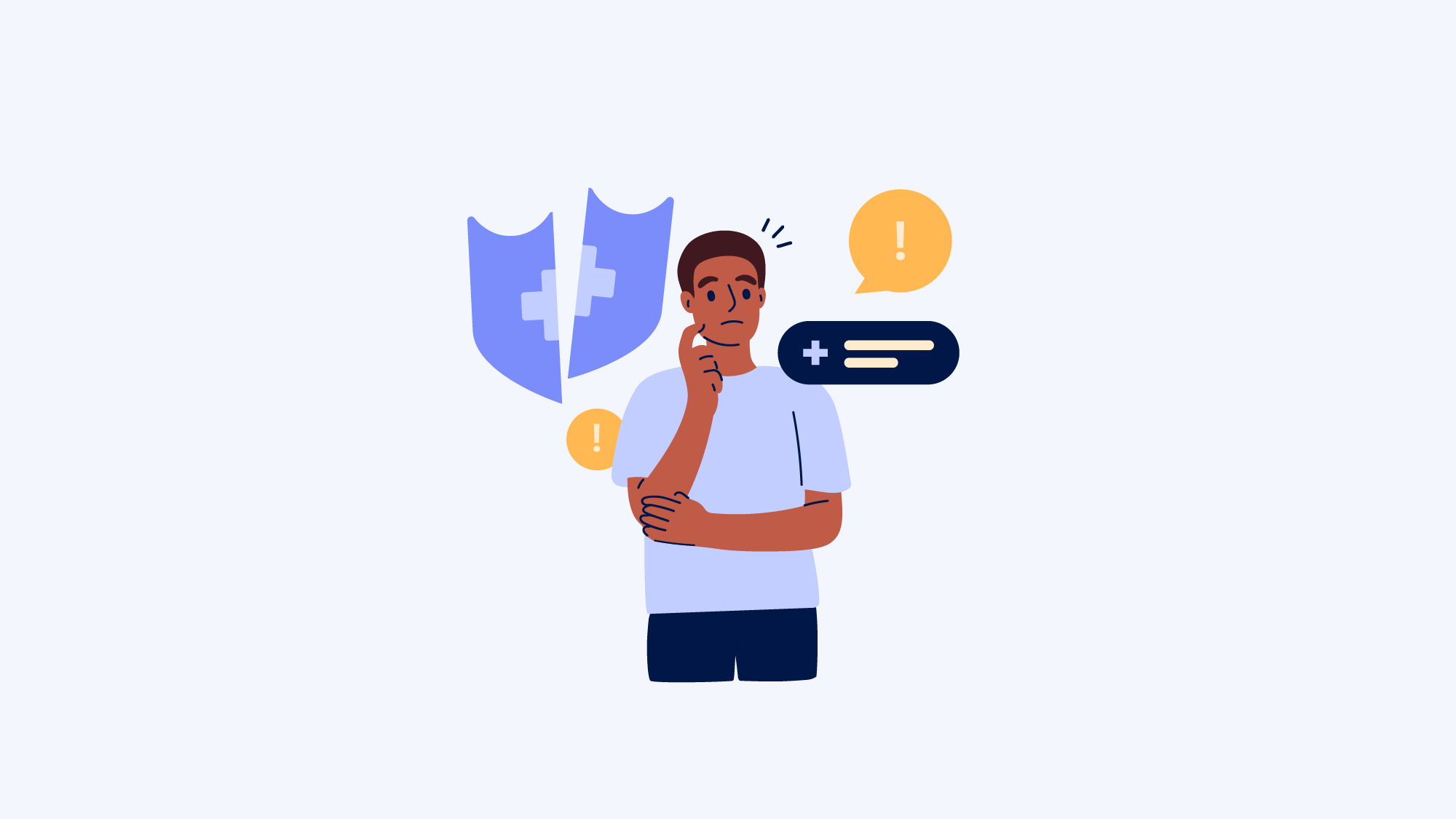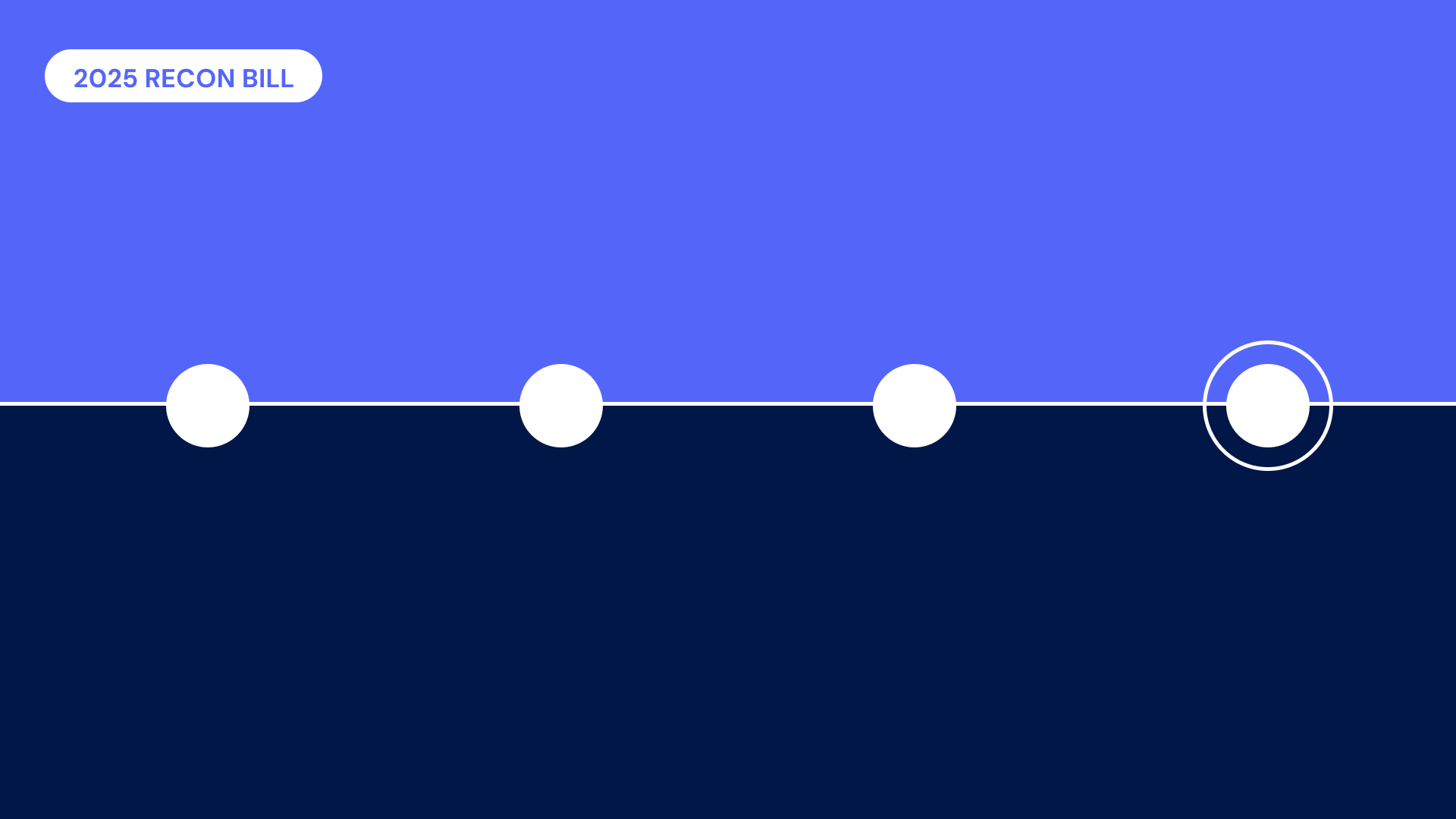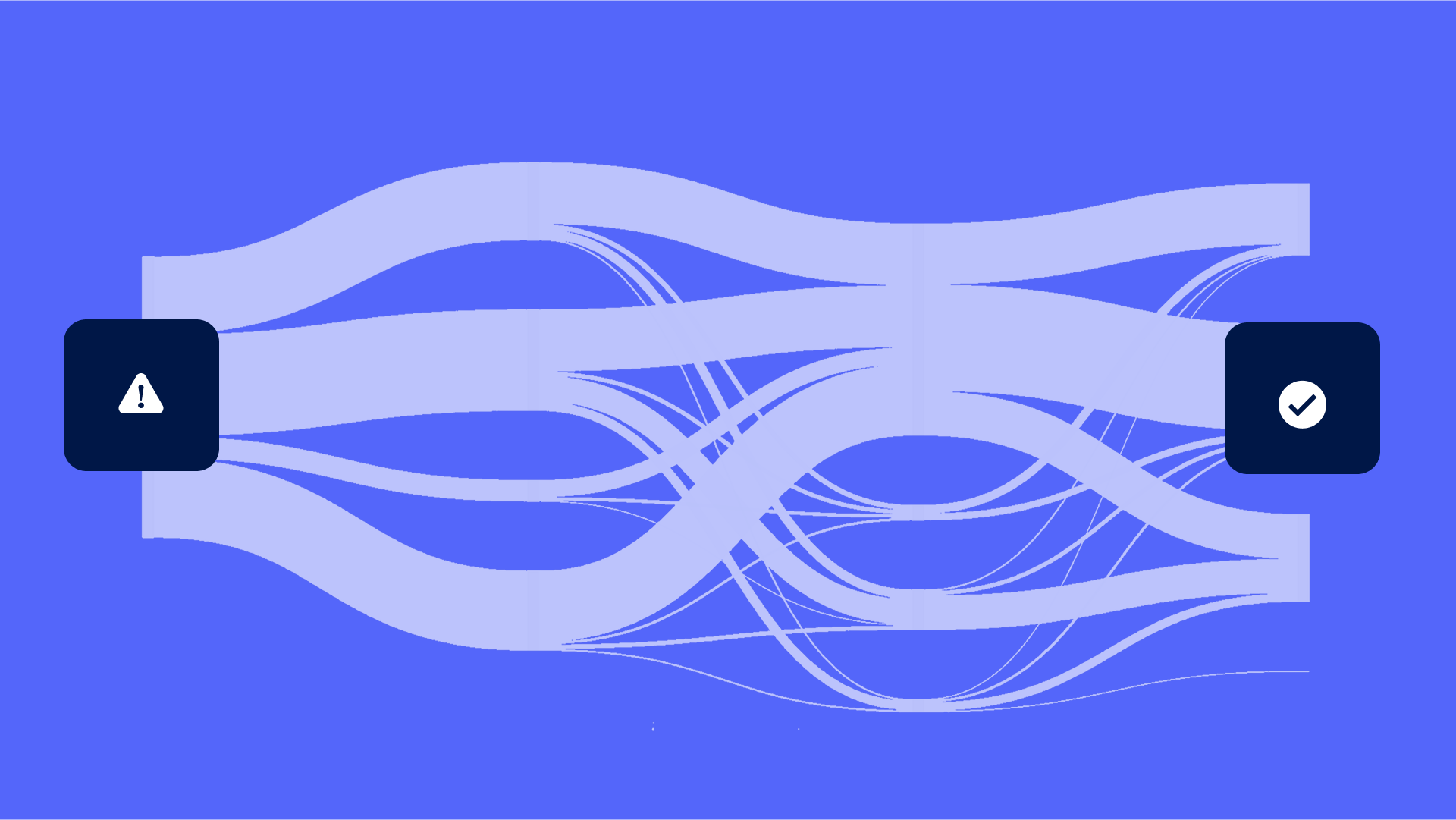As states unwind pandemic-era continuous enrollment protections, up to 15 million Americans may soon lose Medicaid coverage.
That means many of the poorest and most vulnerable populations, which experience disproportionate rates of health disparities, will struggle to access and pay for care. To make matters worse, it is happening at a time when providers are already under intense financial pressure.
This underscores the importance of a consumer engagement strategy that connects individuals with best-fit financial assistance options. It also raises the question: can providers prevent patients from falling through the cracks—on their own, using one set of EHR tools, at this scale?
To answer this, we need to understand the challenges patients may face after churning off Medicaid.
What happens after patients lose Medicaid coverage?
At present, we see one of two things happening:
Scenario 1: Patients become uninsured
An estimated 6.8 million people will lose Medicaid coverage despite still being eligible and historical data shows that nearly one-fifth of disenrolled people experience gaps in coverage of up to a year or more.
During periods of uninsurance, it’s likely these patients will forgo preventive care and services for major health conditions and chronic diseases, which can hurt health outcomes. When uninsured patients do seek care—often in the emergency department—they incur a $627 bill on average with providers collecting about five cents on every dollar (based on Cedar analysis of recent client data).
Patients who become ineligible due to changes in income will also face the risk of coverage gaps.
For example, patients who earn too much to qualify for Medicaid but have a negative net income are at risk of losing coverage. One patient we spoke with explained:
“They look and see ‘well this is how much this person makes a year’ but they don’t ask you about daycare […] because a parent of two children who has to pay $920 a month in daycare just so I can go to work […] that is a lot of money.”
Disadvantaged households also tend to have highly variable incomes. They may qualify for Medicaid one month but not the next due to a small or temporary increase in income, such as overtime or seasonal work. According to several financial counselors we interviewed, this happens all the time.
Scenario 2: Patients enroll in ACA plans
Of the 8.2 million Americans predicted to leave Medicaid due to loss of eligibility, many patients will have paths to coverage through the Affordable Care Act (ACA) marketplaces. Nearly one-third of individuals deemed ineligible will qualify for marketplace premium tax credits, potentially unlocking affordable access to health insurance.
However, any savings on premiums may be offset or canceled entirely by deductible payments. Last year, the average deductible for ACA plans was $5,071, and they became even more expensive in 2023. That means many patients, some of whom sit just above the poverty line, will be on the hook for large balances that may exceed their budgets.
Three ways technology-driven financial assistance can empower patients
In either scenario, patients will suddenly go from having little to no out-of-pocket expenses to a growing and unsustainable financial responsibility.
Based on what we’ve learned about these individuals, traditional approaches to consumer engagement will not work. Specifically, these patients need more empathy and flexibility, may face literacy or language challenges, and often are unaware of the financial assistance options that may be available to them.
We also know that providers invest a lot in programs and staff to support uninsured and underinsured patients. However, existing efforts are likely not enough to support the millions more who will need it, especially when staff is at capacity and operating margins are razor thin.
At Cedar, we see an opportunity to use technology to scale these efforts while providing a human touch. To do this well, it will require a platform that can:
1. Engage hard-to-reach patients
Underserved populations can be difficult to track down and may distrust any outreach that could be perceived as an attempt to collect a debt. By connecting with patients at opportune moments (e.g., when estimates or bills are delivered electronically) and aligning on shared goals, providers can reduce patient hesitation to explore financial assistance options.
2. Personalize the experience
Patients’ needs will differ depending on the path they take after losing Medicaid coverage, and tailored messaging and interventions can help individuals take specific actions. For example, Cedar used machine learning to personalize discount offers for uninsured patients, which drove a 10% lift in payments among the target population while helping the highest-need individuals resolve bills.
3. Make eligibility and enrollment seamless
No one platform can do all things well. Integration with eligibility and enrollment solutions can reduce friction for patients applying to Medicaid and other sources of financial assistance.
Final thoughts
While this unprecedented redetermination cycle certainly won’t happen overnight, providers must act now to ensure the most vulnerable patients aren’t left behind and can afford the care they deserve. It’s not only critical to upholding the missions of most healthcare organizations but also maintaining financial viability.
Get insights and analysis on how leading providers are helping patients affordably pursue care by signing up for our newsletter below.
Ben Kraus is a Content Strategy Manager at Cedar



